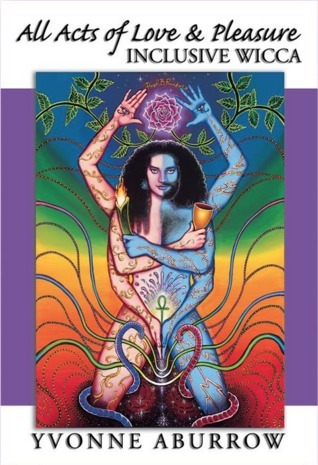I had a really weird dream on Sunday morning where I was going for a hike with a group of people. We stopped at a café among some trees. One of the group looked askance at the pancakes, but he and another person ate them. It turned out that the café was an outpost of the Fae and the pancakes were faery food so they were now in thrall to the Queen of Elfhame. (Not a person who normally shows up in my dreams.) I lucid-dreamed my way back into the dream and rescued them by reciting the Old English Nine Herbs Charm (later I reflected that Wið fǣrstice — against elf shot — would’ve been a better choice).





